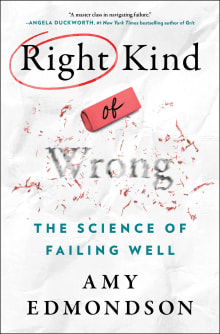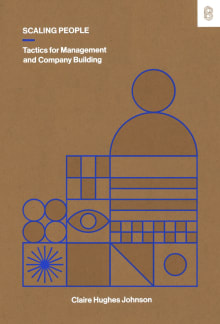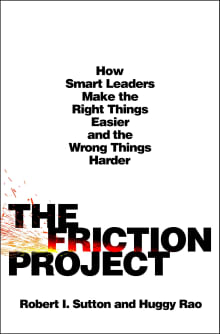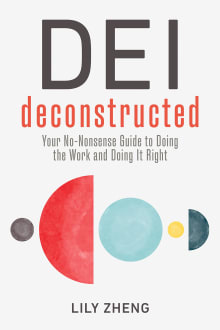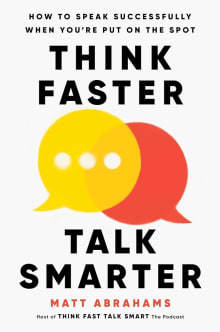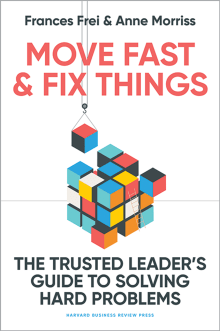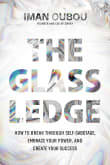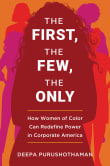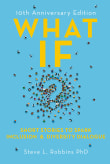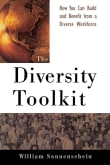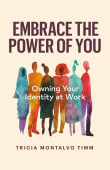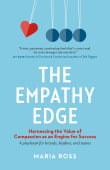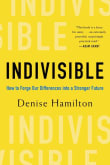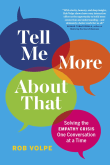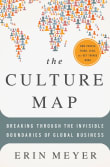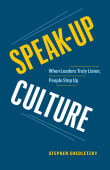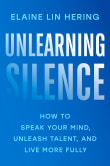
Why did I love this book?
This book changed our relationship with failure. We stopped seeing failure as something to avoid at all costs, an idea that was wired into us at a young age.
In our work with organizations, we’ve also observed that a willingness to experiment and “fail wisely,” in the author’s words, is part of the foundation for effective leadership. This book shows you how to take smart risks while preventing avoidable harms.
2 authors picked Right Kind of Wrong as one of their favorite books, and they share why you should read it.
Shortlisted for the Financial Times and Schroders Business Book of the Year
A revolutionary guide that will transform your relationship with failure, from the pioneering researcher of psychological safety and award-winning Harvard Business School professor Amy Edmondson.
We used to think of failure as the opposite of success. Now, we’re often torn between two “failure cultures”: one that says to avoid failure at all costs, the other that says fail fast, fail often. The trouble is that both approaches lack the crucial distinctions to help us separate good failure from bad. As a result, we miss the opportunity to fail…
- Coming soon!

